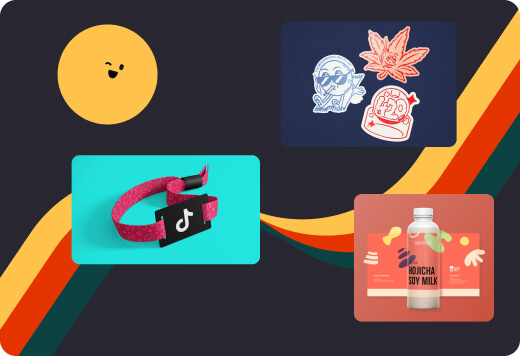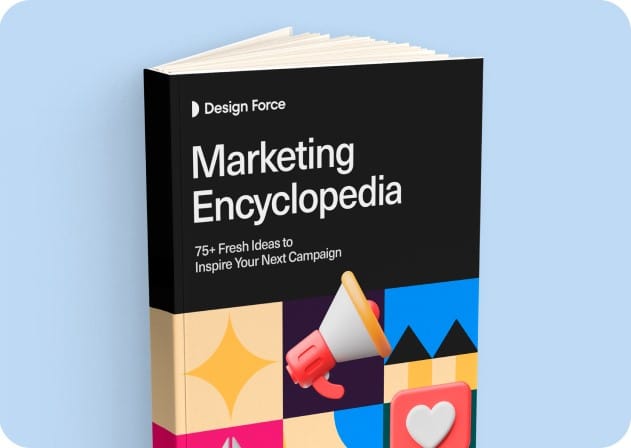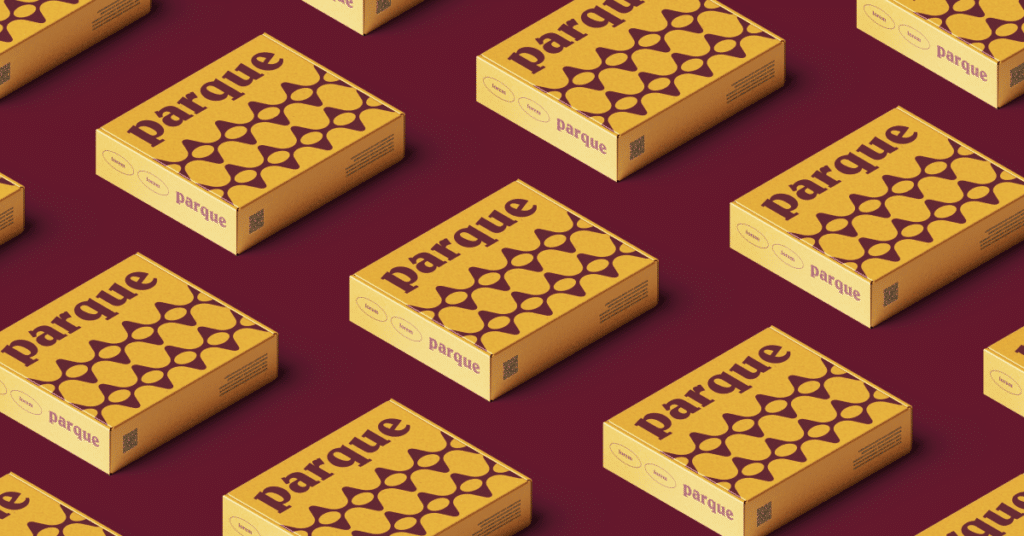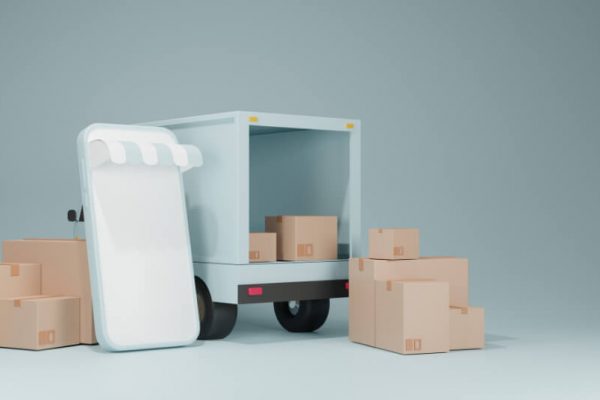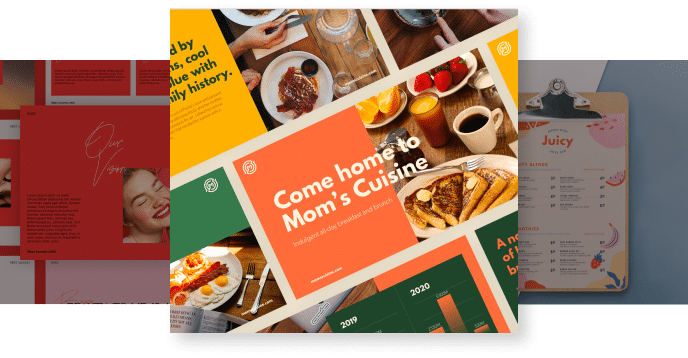Packaging design covers both the product’s physical container and its graphics. It’s meant to communicate a purpose: what your brand stands for and what that means for your customers. As the first thing your audiences notice, the packaging tells them why your product deserves to be in their shopping cart.
To do this right, here are our do’s and don’ts when it comes to product packaging:
The Do’s of Packaging Design
1. Conduct Thorough Research
Anything that involves marketing yourself to your audience needs to be based on in-depth research. Product packaging requires:
- Knowing your customer — Your customer profile will ultimately dictate how you should design your product. Visual packaging designs that will appeal to teenagers who like hanging out with friends will not work for people who are well into their 30s and would rather stay home and relax.
- Knowing your competitors — It’s never a bad idea to know the ‘lay of the land,’ so to speak. Go to the stores and see how your competitors’ products are displayed (e.g. on a shelf, hanging, by the checkout line, etc). Also see each brand’s styles, colors, and materials used for packaging to give you an idea how to make yours stand out.
2. Be Honest
How many times have you opened a bag of chips only to find that it’s 50% air? Or that a berry loaf bread only has, in fact, one berry in it?

Although the ideal version of the product is what goes into the packaging, this shouldn’t be done in a way that will mislead your customers. While customers expect a certain degree of photo manipulation, what’s on the package should, at the end of the day, resemble what the actual product looks like. Otherwise, you’ll turn off your customers and erode their trust.
3. Think of Extensibility

Your packaging design should also have room for the introduction of new product variations. For instance, if you want to change colors for each variation, you may want to keep the same pattern across all products. The idea is to make each sub-product look different from each other while still being related and staying on-brand.
Even if you’re designing for an independent product today, your business may change down the road, so it’s best that you’ll have this flexibility early on.
4. Open-Friendly
The practical side of product packaging is often overlooked. Do people need a sharp knife to open your product? Do they need help from someone else?
If your product involves any kind of laborious process to use, it only achieves the exact opposite of what we want to happen: To make customers feel eager to open your product.

So be practical with your design—not just with the label and wrap, but also the product container itself. Make sure that the shape, size, and functionality make it easy for your customers to use.
5. Stick With Your Brand Promise
Your brand promise is the experience or value that your customers can (and will) expect every time they interact with you. This extends to your packaging.

Source: graze
As one of the first moments of truth, your packaging design must serve to reinforce your brand promise. Think about what your brand stands for. Is it healthy and natural? Creative and innovative? Smart and responsive? Your packaging should echo that message.
The Don’ts of Packaging Design
1. Overdesigning
When designing packaging for the first time, the temptation to include all the elements—from logos to texts, to graphics—can be hard to resist. However, simplicity is key here.

Cutting back on design elements can actually result in an elegant yet still eye-catching product. This means minimal colors, reduced patterns, and fewer words. Imagine how your product will stand out on the shelves when it sits beside other products with loud and confusing packaging.
2. Excessive Packaging
Consumers nowadays trust brands that are more environmentally-friendly. Excessive packaging goes against this philosophy.

Apart from your business losing money by using all these unnecessary materials, the environmental impact is also profound, as these can end up in our oceans and clog our landfills.
So choose only the right size of the box, plastic wrap, bubble wrap, or shrink film that can effectively and efficiently protect your product. If possible, choose materials that are biodegradable or can be reused or recycled to improve its sustainability.
3. Forgetting Your Loyal Customers
Redesigning your product packaging is not bad per se, but you have to make it consistent with your existing brand image. Otherwise, your current and loyal customers will end up confused.

Tropicana is a classic example of this. In 2009, they changed their iconic straw-in-an-orange packaging into a more generic-looking OJ carton. This led to a massive social media backlash which ended in plummeting sales.
4. Skipping The Editor
As with any marketing collateral, make sure that your packaging design goes through an editor or a proofreader. The last thing you want is for your product to end up on the shelves only for customers to notice its typographical, spelling, and/or grammatical errors. This can tarnish your brand image and affect customer trust.

5. Not Testing
No matter how eye-catching the design or how unique the product container is, not testing it before bringing it to market is bound to raise a few problems.
Remember that product damage can happen at any point in the delivery lifecycle, so test if it’s durable enough to withstand shipping and handling. Do not launch your new design if it’s not tested yet. You don’t want to earn the ire of your customers by giving them products that are damaged before they even open it.
More Than Meets the Eye
Packaging strikes the balance between imagery and the practicality of the carton that comes with it. Your modern-day consumers can easily make sensible decisions about the products that they buy, so make sure that you win them over by keeping our do’s and don’ts in mind.
Still struggling to come up with a good packaging solution? Meet your Design Force Team today and let our packaging design pros do the heavy lifting for you.
